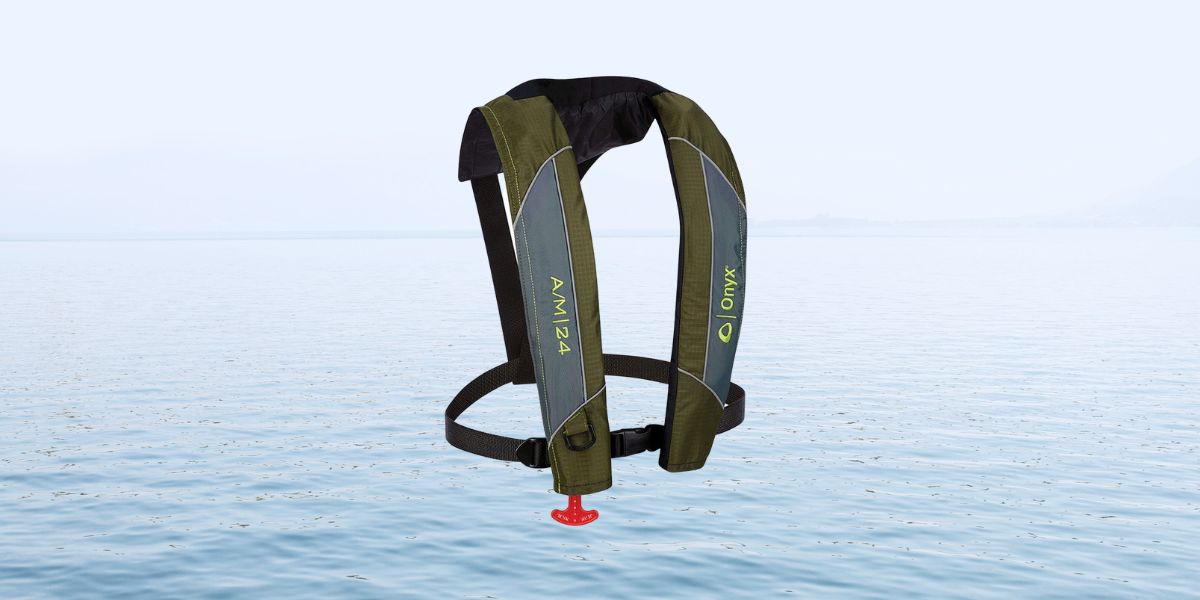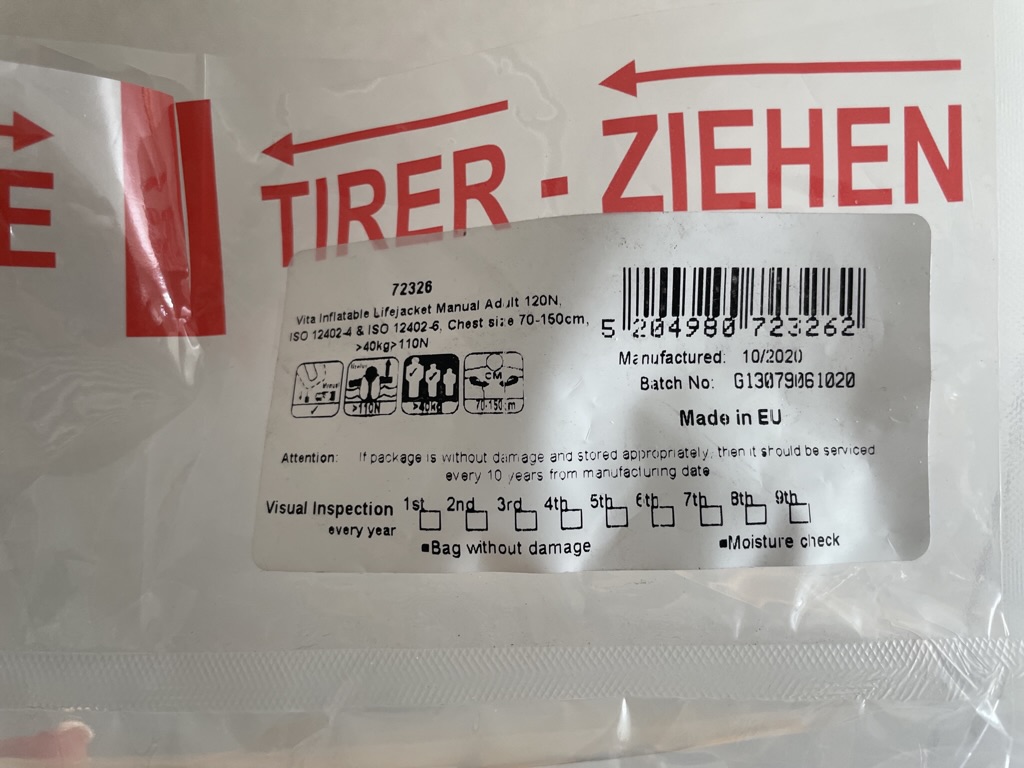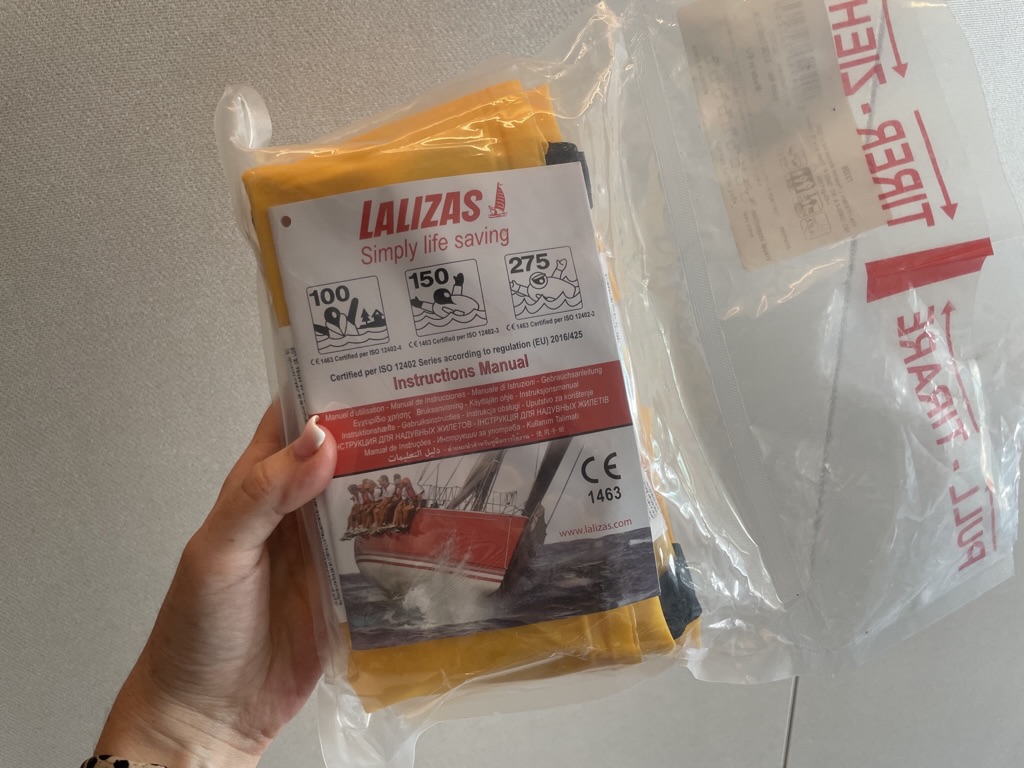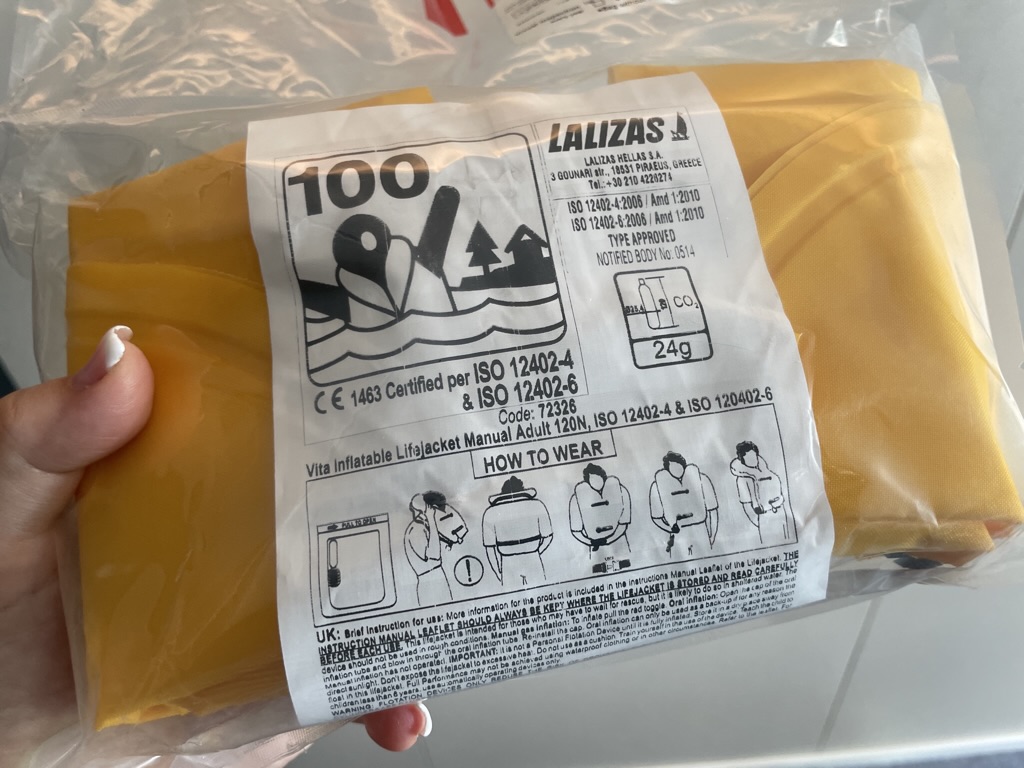Inflatable Personal Flotation Devices (PFDs) are extremely important. Carrying them with you when boating is essential since they can help keep you safe.

But only if they are working correctly. And to do that, you need to make sure they have a working CO2 cylinder. Otherwise, they may not be able to inflate at that crucial moment.
Do Personal Flotation Device CO2 cartridges expire?
Personal Flotation Devices do not typically have an expiry date and may work for many years. However, they can deteriorate and most manufacturers will recommend that you do replace the CO2 cartridge every few years to make sure it works.
In order to put an expiry date on the cartridge, manufacturers would have to prove that most of them would fail after that date. But there’s a good chance they wouldn’t, and that the CO2 cartridge would work.
Yet this is a safety device, so you can’t risk it. You should therefore follow the manufacturer’s instructions on when to replace the cartridge for your chosen PFD.
While the cartridge won’t have an expiration date, it will have a manufacture date, and you can use this to work out when it should be replaced.
How often should you replace the CO2 cylinder in an inflatable PFD?
Recommendations vary but most advice suggests that you should replace the CO2 cylinder on an inflatable PFD every 2 to 3 years. Some advice suggests changing it annually – if you regularly sail in deeper waters then it would make sense to change it more frequently.
Of course, if your inflatable lifejacket is kept in the packet and not worn, then it may last for up up to 10 years before being replaces, as you can see from this one pictured below…

Of course, the amount of times you take a PFD onto the water with you doesn’t actually have a bearing on when it needs replacing – it would just be bad luck if you only took it on the water once a year and it failed within the first year.
So, if you want to be careful, you should consider replacing it more frequently than every 2 to 3 years.
PFDs aren’t super-cheap though, a new cylinder costs anywhere from $15 to $40. If you’re replacing the cylinders for more than one life jacket, and you’re only a casual boat user, that adds up to a lot of cash that may not seem like great value.
Premium CO2 cartridge for life jackets
Fits any lifejacket with a ½ inch thread
Accessories for fitting included
How often should the inflator and cylinder on an inflatable PFD be checked?
You should give your PFDs a quick check every time you go on the water, but a more thorough check is recommended every two months. You should be checking that the cartridge is properly installed and that the lifejacket has no leaks.
You obviously can’t test that the cartridge is fully working, otherwise, you’ll use it up. So instead, inflate the life jacket manually, and look for any immediate signs of leaks on the inflator. You should also leave it inflated overnight, so you can check for any hidden leaks.
And when you’re checking the cartridge, you’re just looking to make sure that it is properly installed, and that there are no signs of damage. The cartridge should be free of rust and it shouldn’t show any dings or dents.
If it does, then there’s a chance it is compromised and won’t work properly.
When should a CO2 cylinder be replaced on a PFD?
You should replace a CO2 cylinder on a Personal Flotation Device every 2-3 years, although some advice suggests replacing them annually if they are used frequently. They should also be replaced if they appear damaged or rusted, and once they have been used.
That’s why it’s important to check your PFD regularly. Accidents can happen without you noticing, and if a heavy piece of equipment has landed on a PFD and dented the cylinder, it could let you down when you need it.
Never risk it, especially if you’re sailing into deeper waters. Always take the precaution and replace the cartridge once it looks like it may have an issue, or it’s showing signs of age.
And if you get to the two-year mark since it was manufactured and you haven’t used it, consider replacing it anyway. It’s safer to replace it rather than run the risk of an unseen issue stopping it from working.
If you’ve had to use the cylinder to inflate your PFD, you can deflate it and re-use it, but you will need a new cartridge.

How long are inflatable life jackets good for?
Inflatable life jackets have a maximum life span of 10 years. Once you have owned one for 10 years you should replace it, even if you have never had to use it. They should also be serviced by the supplier or another professional every two years.
Inflatable life jackets degrade over time – even if kept packed away. The fact they are taken on a boat, with water spray and outdoor air, means that they will gradually wear down and the materials can’t be trusted after that 10-year period.
Would they work after 10 years? Probably – but you can’t take a risk. And if you own the boat, the responsibility to provide reliable, trusted PFDs lies with you, even for your passengers.
So follow the instructions – have them serviced every couple of years (getting the cylinders replaced at the same time) and replace them once you’ve had them for 10 years. That way you know you’re following the recommended guidelines and you’re keeping yourself, and anyone else in your boat, safe.
And to see exactly how an inflatable PFD works, take a look at this video:
The Bottom Line
It’s true that PFDs can be inflated manually, but if something goes wrong while you’re on the water, that may not be a viable option.
So maintaining the PFDs with working CO2 cylinders is important. They might not be the cheapest thing to buy, but it’s worth it to know that in a pickle, your PFD should inflate instantly with no issues.
Make sure you’re checking them regularly, and once you reach the two-year point, it’s time to order a new one and switch it in.



